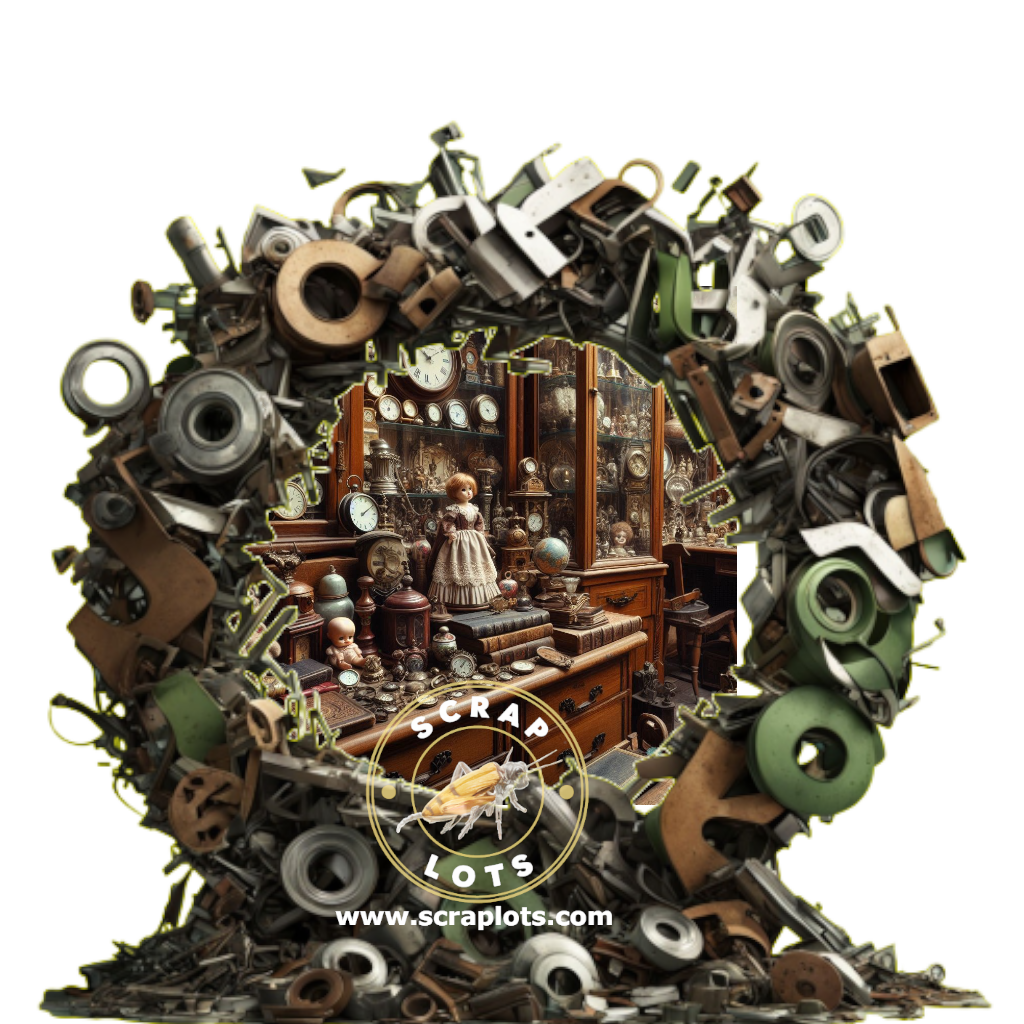
Antiques: A Testimony to Civilizations and Ancestral Heritage
Antiques are precious treasures that carry within them the history of civilizations and testimonies to human creativity throughout the ages. They are more than just artifacts; they reflect the evolution of craftsmanship, artistic expression, and changing tastes over generations. Whether they are art or antiquities, they represent a window into our past and help us understand the lifestyle, traditions, and values that prevailed.
What are antiques?
An antique is any antique or rare work of art that holds historical, artistic, or sentimental value. These pieces may be made of different materials such as wood, metal, pottery, glass, or textiles. Their shapes and sizes vary to include furniture, jewelry, ceramics, paintings, engravings, and carpets.
Antiques are part of human heritage, and may be everyday tools or objects that were used for ritual or artistic purposes. They are preserved and appreciated for their rich history and the stories they carry, as each piece can provide a glimpse into the lives of the past.
Types of Antiques
1. Antiques
Antiquities include pieces that date back to ancient civilizations, such as statues, pottery, coins, and jewelry. These pieces carry the imprint of history and reflect the development of ancient societies. For example, Greek statues or ancient Egyptian pottery can serve as a window into the past, revealing the culture, religion, and politics of the time.
2. Artistic Antiques
Artistic antiques are valuable works of art that belong to famous artists, such as paintings, sculptures, and sculptures. They may bear the signature of a world-class artist or belong to a specific artistic period. Artistic pieces of this type are of great value not only because of their beauty, but also because each piece carries with it a part of the spirit and thought of the artist who made it.
3. Home Antiques
Home antiques include old furniture or decor, such as mirrors, clocks, and lamps. These pieces were not just decorations, but were part of the daily lives of previous generations, and tell a story about the lifestyles and interior design of those periods.
4. Personal Antiques
Personal antiques include heritage jewelry, old letters, and family photos. These pieces often carry a special sentimental value, representing family ties and personal history. These pieces are rare, and reflect not only cultural heritage, but also the relationships of individuals and families throughout the ages.
The Importance of Antiques
1. Historical Value
Antiques tell stories about past civilizations and help us understand the evolution of humanity. Thanks to antiques, scientists and historians can study the lifestyle of previous generations, and document the cultural and social changes that humanity has undergone over the ages.
2. Artistic Value
Antiques reflect the creativity of artists and the diversity of artistic styles throughout the ages. Each piece is considered a work of art that represents the evolution of art in terms of form, style, and materials used. Artistic artifacts bear witness to the stages of artistic development and the tastes of the societies that created them.
3. Emotional Value
Some antiques carry cherished memories and connect us to our family heritage. Heritage jewelry or old family photos, for example, connect generations to each other and create continuity between the past and the present.
4. Economic Value
Antiques can be a good investment, as their value increases over time. Some art or antiques can fetch a significant price in international markets, making them a source of wealth. The global antiques market is a vibrant place for investment, buying and selling, where rare collections can generate significant returns.
How to care for antiques
1. Cleaning
Proper care of antiques begins with regular cleaning using special cleaning materials designed for these pieces. Avoid harsh chemicals that may damage old materials. It is always advisable to use soft tools such as small brushes or cotton cloths for cleaning.
2. Storage
Proper storage protects antiques from damage. It is best to store them in a dry, cool, and dark place away from moisture and excessive heat. Antiques should be kept in tightly sealed cabinets to protect them from dust and corrosion.
3. Repair
If antiques are damaged, an antique restoration expert should be consulted to make the necessary repairs. Professionals use modern techniques to preserve the integrity of the piece without affecting its original value.
4. Insurance
It is advisable to insure valuable antiques to ensure their protection from loss or damage. They can be insured against fire, theft, or accidental damage, ensuring financial compensation in the event of any damage.
How to Value Antiques
Valuing antiques is a delicate process that requires experience and skill. It is preferable to seek the help of experts in this field to assess the value of antiques based on several factors:
– **The material they are made of**: The materials used play a major role in determining the value.
– **Age**: Older pieces are often more valuable.
– **Rarity**: The rarer the piece, the higher its value.
– **Condition**: Well-preserved pieces are more valuable than damaged ones.
– **Artist or Civilization**: Pieces associated with famous artists or great civilizations are often of exceptional value.
– **Signature**: If the piece bears the artist’s signature, this adds to its value.
Challenges in Collecting Antiques
Collecting antiques takes time and effort, especially since finding original and rare pieces is not easy. Among the most prominent challenges facing hobbyists and investors:
– **Fraud and forgery**: Sometimes, fake pieces are traded in the markets as original, which requires experience and knowledge to differentiate between the original and the fake.
– **Prices**: The high prices of some rare pieces may make them unavailable to young hobbyists or new investors.
– **Maintenance**: Preserving artifacts requires tools and ongoing costs to care for them.
Examples of famous artifacts
In museums around the world, we find many famous artifacts that represent different cultures. Such as:
– **Tutankhamun’s Mask**: It is one of the most famous pharaonic artifacts and is displayed in
